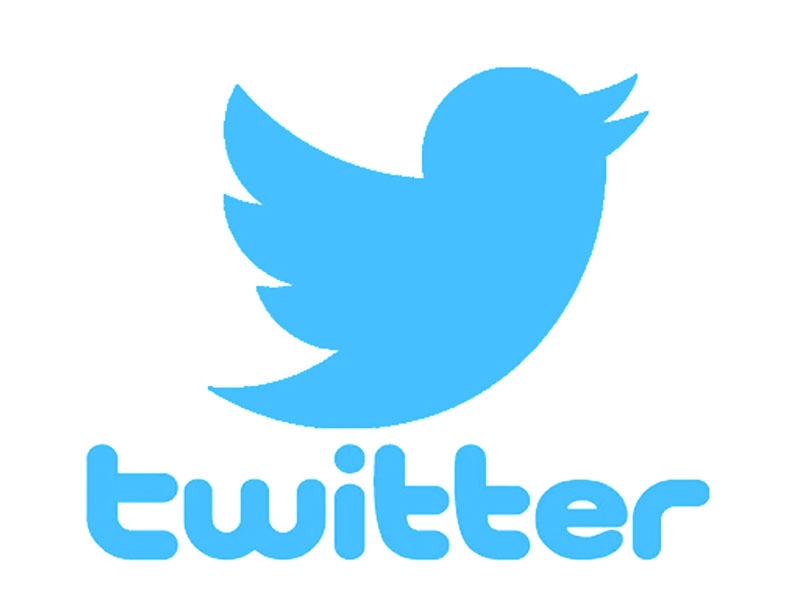Recently they also decided to affect how embedded tweets worked after deletion on websites not even related to or owned by Twitter. Originally embedded tweets would change from standard formatting to a block quote if they were deleted by the original poster. The tweet would remain on the site, it would just look different. Twitter, however, decided that that was not enough and tweaked the code behind embedded tweets so that when it was deleted by the original poster, they showed as blank on any 3rd party sites where they were embedded.
After some backlash on the move, Twitter has reversed the change and restored the original code so that deleted tweets appear as block quotes on 3rd party sites. The move is only temporary as indicated by a statement from Remi Duhe. This means that while Twitter is allowing the quotes to stay for now, they could still be planning for future removal from 3rd party sites.
There are multiple schools of thought on this one. On the one hand there are some that feel their tweets are their own and they should be able to remove them if they want (and have them removed from everywhere). This is even though their tweets are from public accounts and on a platform that claims to be an open public forum.
The other side of the argument is that there are times when preservation of tweets is important for historical records (and Twitter has often said they do that very thing). Here if a person or organization removes a tweet there could still be a public record of the event. One use case here comes to mind. In a recent incident at SnapOn tools, one of their subsidiaries Mitchell 1, tweeted that their systems were suffering an impact. This was directly related to a ransomware attack on parent company SnapOn. However, Mitchell 1 deleted the tweet about the impact (as well as other posts on Facebook).
As Twitter makes more and more changes like these, they become less of an open forum and more of a content publisher where they (and not the user) have control over the content that exists on their site. The chose what is and what is not acceptable for publication, and they chose how to enforce their standards.




